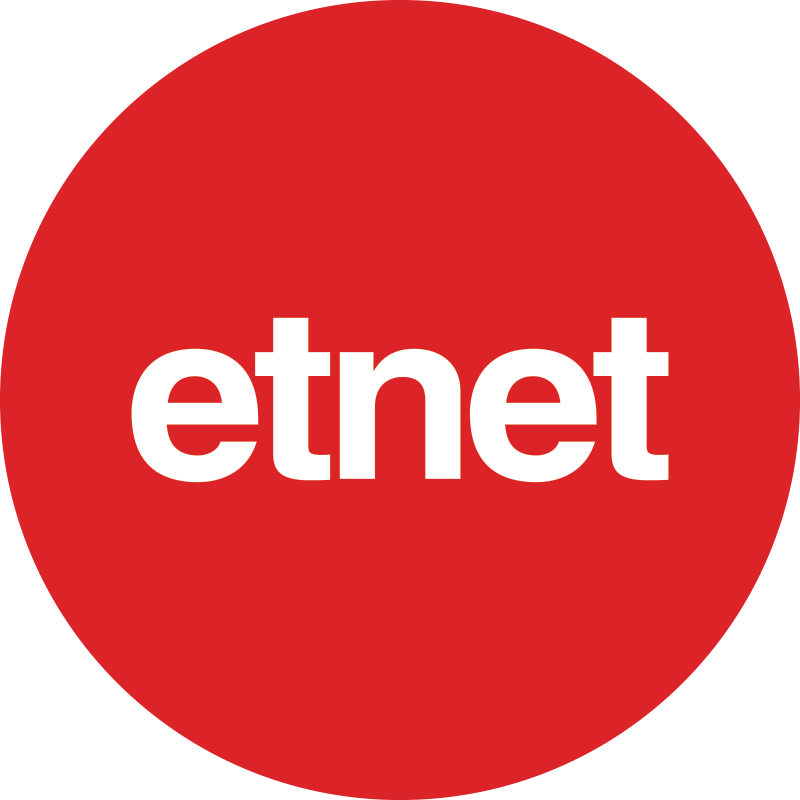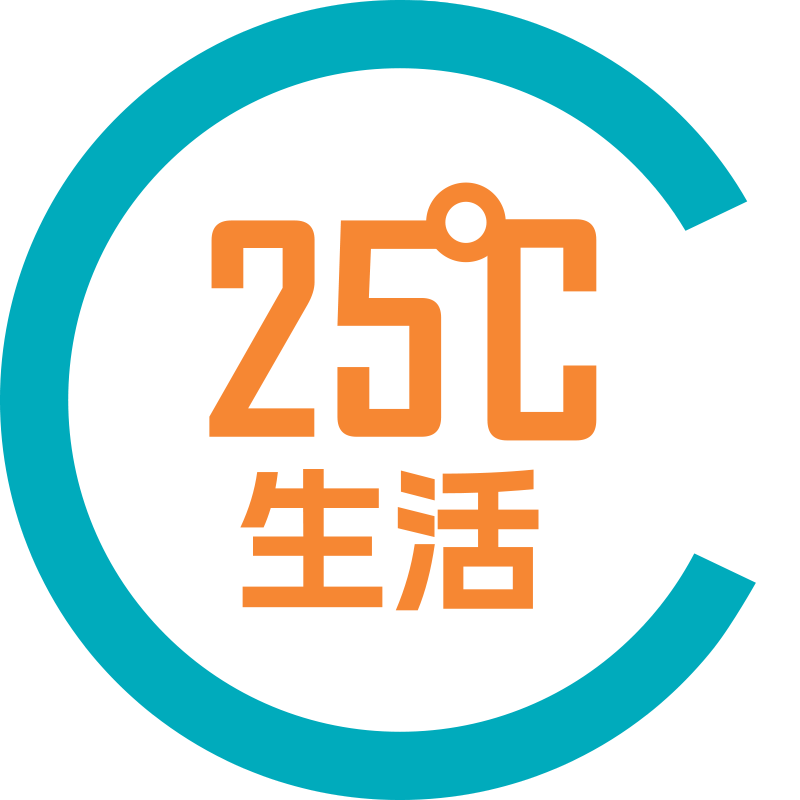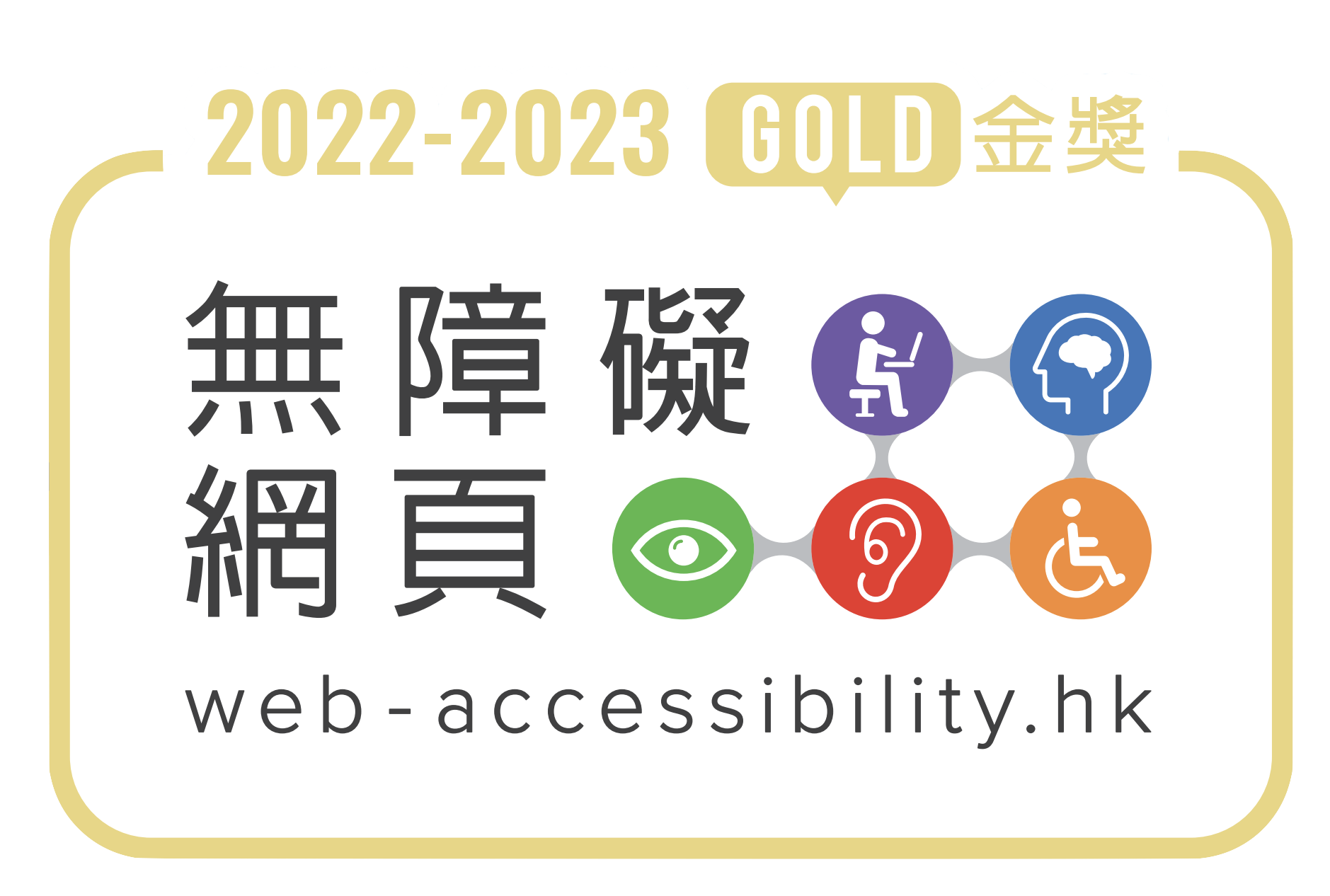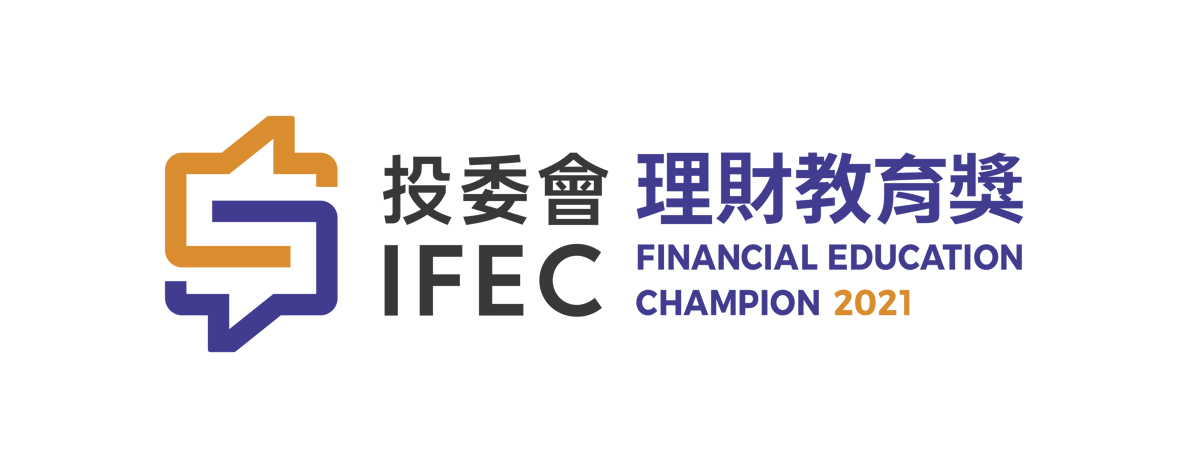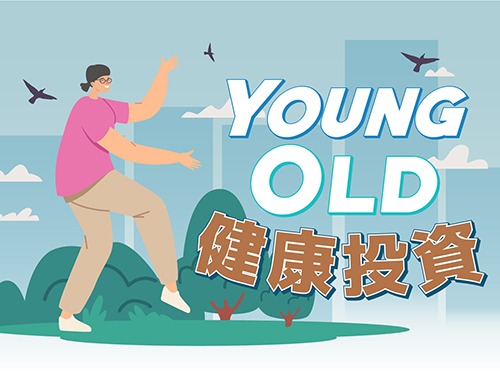AMSTERDAM, Sept. 10, 2024 (GLOBE NEWSWIRE) -- The latest report from the Access to Medicine Foundation takes a first-ever look at the critical issue of how some of the largest pharmaceutical companies are reaching patients worldwide, especially in low- and middle-income countries (LMICs).
Ahead of the 2024 Access to Medicine Index, the Foundation examined the patient reach commitments and measurement approaches of the 20 companies that will be ranked in the upcoming Index in November. The analysis identified 42 unique approaches to measuring patient reach, each with varying degrees of comprehensiveness. Companies like AstraZeneca, Novartis, and Roche are leading the way with more nuanced approaches that go beyond simply tracking sales, enhancing the accuracy of their patient reach calculations. The report also emphasises that while many companies have set ambitious goals for reaching more patients in LMICs, these commitments could benefit from further refinement in order to drive real change.
What does the report find?
Encouragingly, 19 of the 20 companies assessed have reported using approaches to track the patients they reach with their essential medicines in LMICs, with the exception of AbbVie. However, these approaches vary widely.
Notably, many pharmaceutical companies set ambitious goals and make public commitments to expand their global patient reach, particularly in LMICs. A few of these commitments, including those set by Bayer, GSK and Johnson & Johnson, are clear, measurable and ambitious, with targets aligned with high global disease burdens.
However, findings also reveal significant potential for companies to refine their commitments and better their efforts to reach those in need. For example, the major insulin manufacturers—Eli Lilly, Novo Nordisk, and Sanofi—control over 90% of the market share and have pledged to expand access to their products in LMICs. Yet, their commitments collectively address only 1% of the diabetes prevalence within the 113 LMICs in the scope of the Index, which currently stands at over 350 million cases out of the global 525 million cases, according to Global Burden of Disease data from 2021.
“We have seen that the pharmaceutical industry is making ambitious commitments to reach more patients worldwide. However, this report reveals that there is still much work to be done in achieving meaningful impact and calls for urgent steps to ensure lifesaving products reach every patient, everywhere.”
- Jayasree K. Iyer, CEO, Access to Medicine Foundation.
Next steps
To address chronic health inequity, the pharma industry and its partners must embed patient reach at the core of their business and partnerships. Using the key findings and recommendations identified in the Foundation's report, companies can strengthen and expand their current approaches, as well as collaborate and learn from one another.
Contact: Divya Verma, Head of Communication
dverma@accesstomedicinefoundation.org / +31 (0) 20 215 3535

source: Access to Medicine Foundation
《說說心理話》心理急救II:幾個徵兆辨認身邊人需要心理支援!點樣對情緒進行急救、自我照顧?專家分享穩定情緒小練習► 即睇






